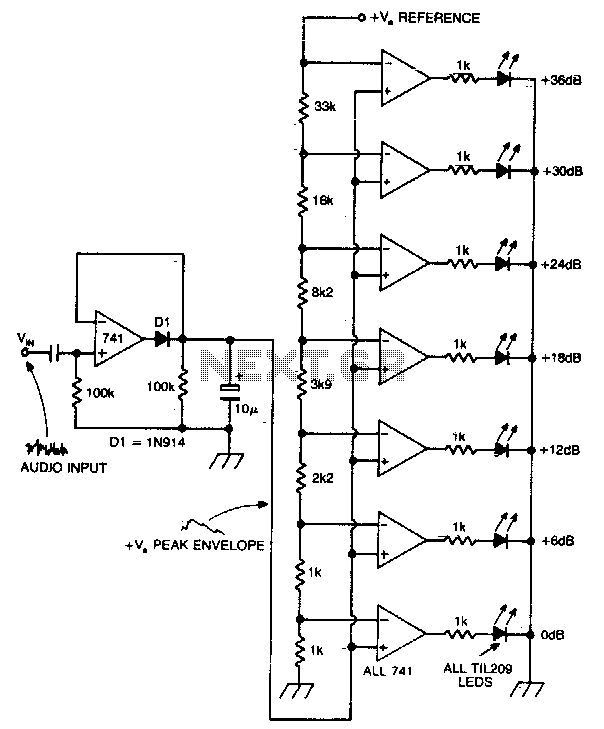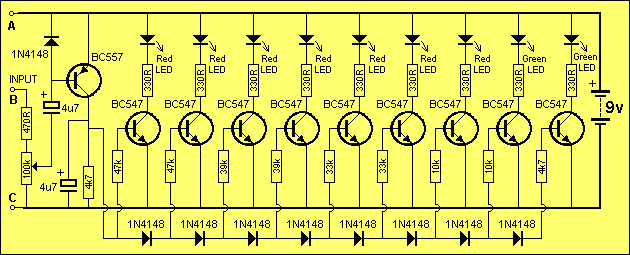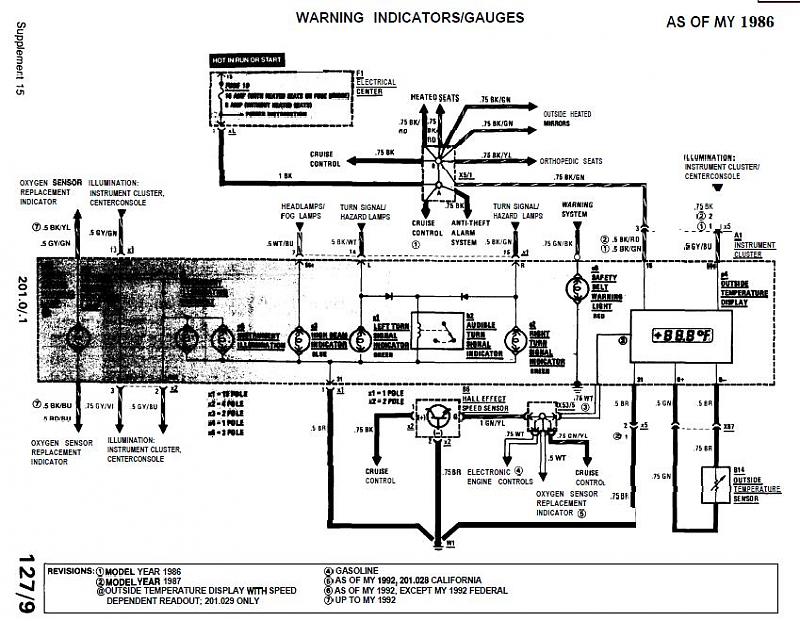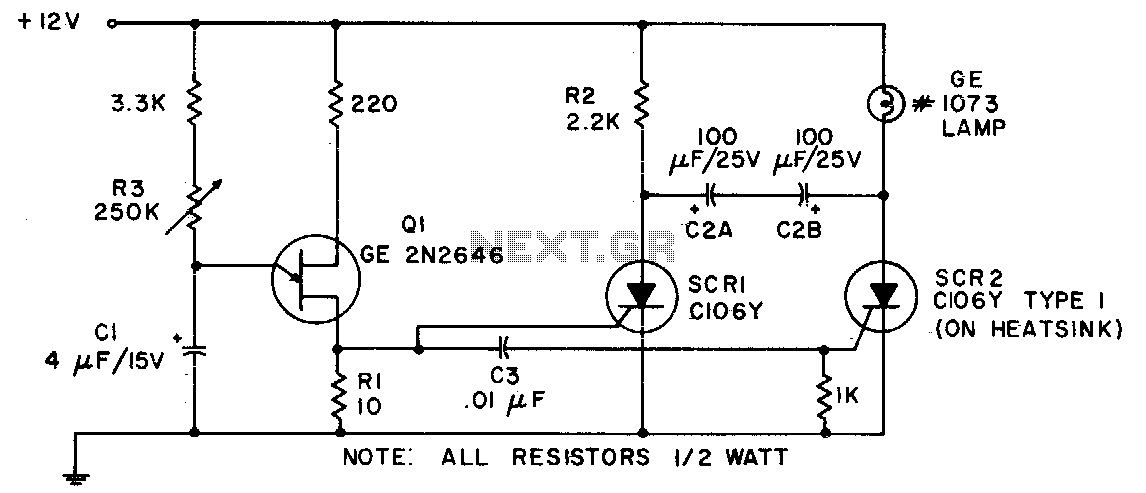
LED bar peak program meter display for audio

A vertical column of LEDs is configured so that as the audio signal level rises, an increasing number of LEDs illuminate. The LEDs are arranged in increments of 6 dB. The circuit features a fast response time and a one-second decay time, providing an accurate response to transient signals while minimizing flicker during decay. Each operational amplifier (op-amp) has a DC reference voltage at its inverting input, which increases in 6 dB increments. The non-inverting inputs of all op-amps are interconnected and linked to the positive peak envelope of the audio signal. As this envelope surpasses a specific voltage reference, the output of the op-amp transitions high, activating the corresponding LED, along with all LEDs positioned below it in the column.
The described LED bar graph circuit serves as a visual representation of audio signal levels, employing a series of operational amplifiers to process and indicate the amplitude of the incoming audio signal. The LEDs are strategically arranged to illuminate in 6 dB steps, allowing for clear and intuitive visual feedback on the signal strength.
The circuit operates by taking the positive peak envelope of the audio signal, which is fed into the non-inverting inputs of the op-amps. The inverting inputs are set to a series of DC reference voltages that increase in 6 dB steps, effectively creating a threshold for each op-amp. When the audio signal exceeds these thresholds, the corresponding op-amp output goes high, activating the associated LED.
The fast response time of the circuit ensures that it can accurately track rapid changes in the audio signal, making it suitable for dynamic audio applications. The one-second decay time is designed to provide a smooth transition between levels, reducing the perceptible flicker that can occur with rapidly changing signals. This decay characteristic enhances the visual experience, making it easier for users to interpret the audio level without distraction.
In summary, this LED bar graph circuit is an effective tool for visualizing audio levels, utilizing a combination of op-amps and LEDs to provide real-time feedback on signal strength, with carefully calibrated thresholds and response characteristics that enhance usability and accuracy.A bar column of LEDs is arranged so that as the audio signal level increases, more LEDs in the column light up. The LEDs are arranged vertically in 6 dB steps. A fast response time and a one second decay time give an accurate response to transients and a low "flicker" decay characteristic.
On each of the op amps inverting inputs is a dc reference voltage, which increases in 6 dB steps. All noninverting inputs are tied together and connected to the positive peak envelope of the audio signal Thus, as this envelope exceeds a particular voltage reference, the op amp output goes high and the LED lights up. Also, all the LEDs below this are illuminated.
The described LED bar graph circuit serves as a visual representation of audio signal levels, employing a series of operational amplifiers to process and indicate the amplitude of the incoming audio signal. The LEDs are strategically arranged to illuminate in 6 dB steps, allowing for clear and intuitive visual feedback on the signal strength.
The circuit operates by taking the positive peak envelope of the audio signal, which is fed into the non-inverting inputs of the op-amps. The inverting inputs are set to a series of DC reference voltages that increase in 6 dB steps, effectively creating a threshold for each op-amp. When the audio signal exceeds these thresholds, the corresponding op-amp output goes high, activating the associated LED.
The fast response time of the circuit ensures that it can accurately track rapid changes in the audio signal, making it suitable for dynamic audio applications. The one-second decay time is designed to provide a smooth transition between levels, reducing the perceptible flicker that can occur with rapidly changing signals. This decay characteristic enhances the visual experience, making it easier for users to interpret the audio level without distraction.
In summary, this LED bar graph circuit is an effective tool for visualizing audio levels, utilizing a combination of op-amps and LEDs to provide real-time feedback on signal strength, with carefully calibrated thresholds and response characteristics that enhance usability and accuracy.A bar column of LEDs is arranged so that as the audio signal level increases, more LEDs in the column light up. The LEDs are arranged vertically in 6 dB steps. A fast response time and a one second decay time give an accurate response to transients and a low "flicker" decay characteristic.
On each of the op amps inverting inputs is a dc reference voltage, which increases in 6 dB steps. All noninverting inputs are tied together and connected to the positive peak envelope of the audio signal Thus, as this envelope exceeds a particular voltage reference, the op amp output goes high and the LED lights up. Also, all the LEDs below this are illuminated.





